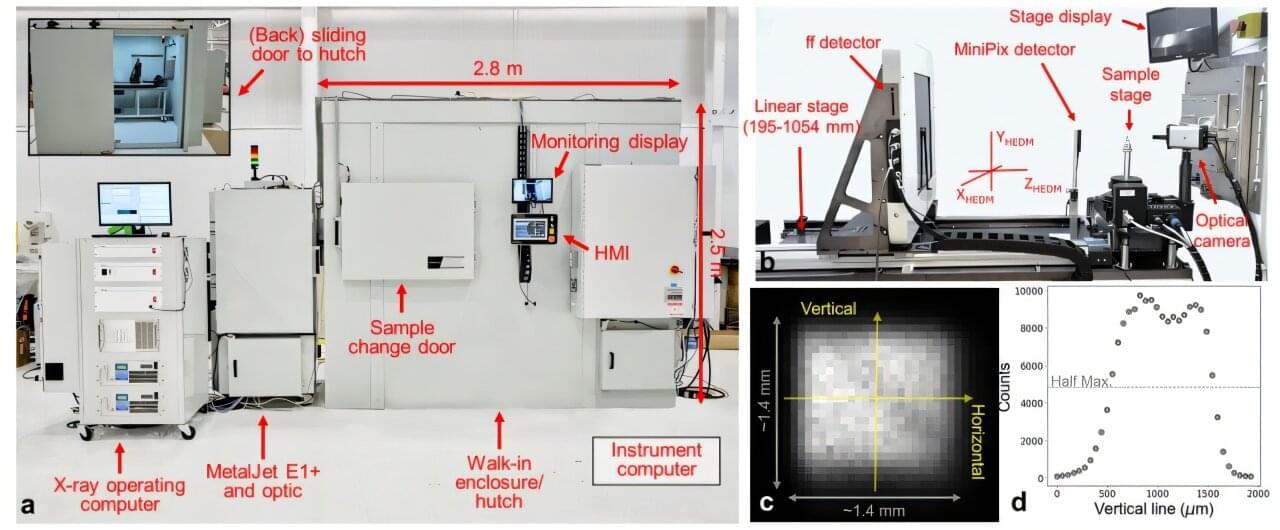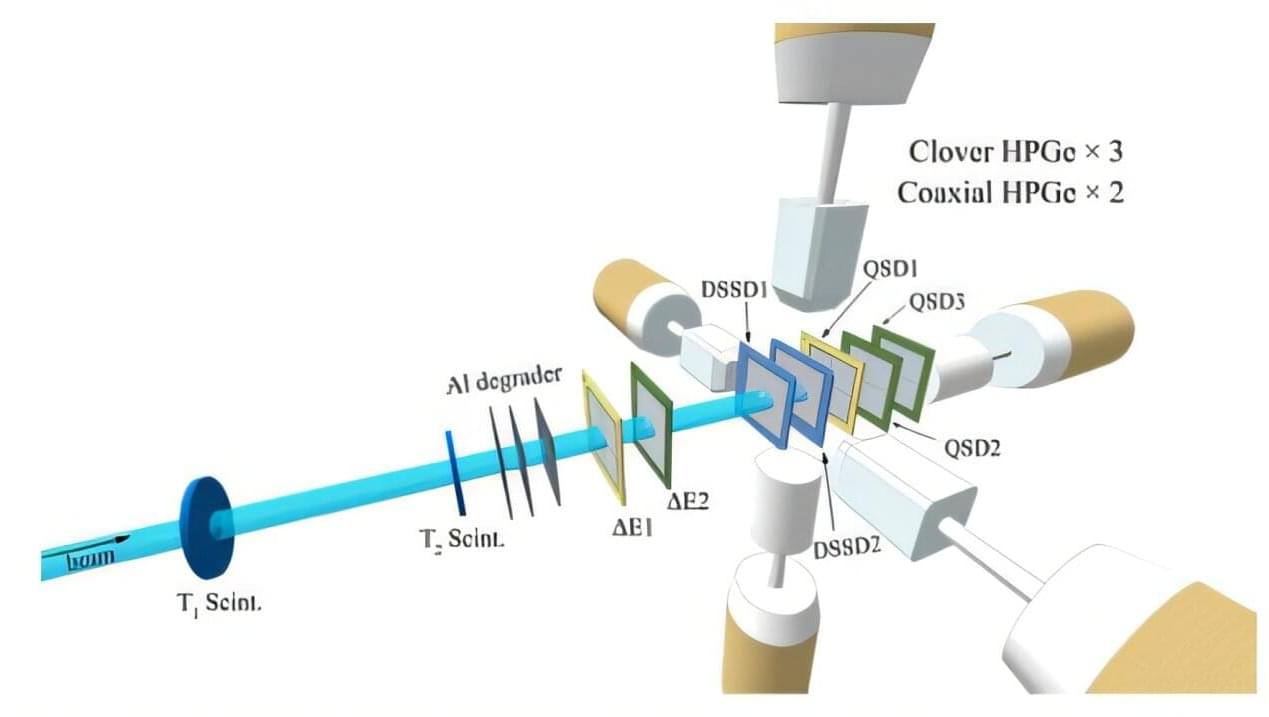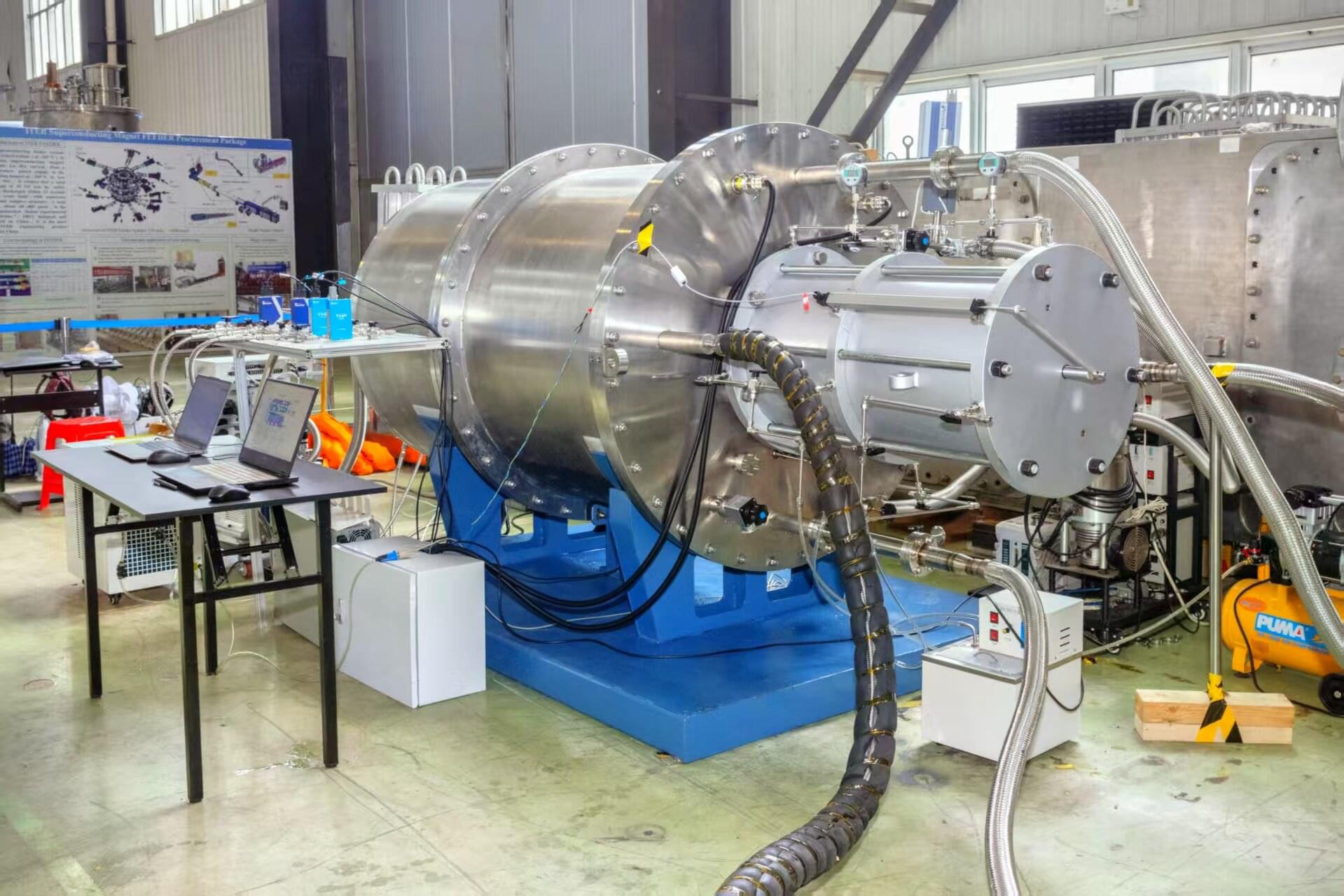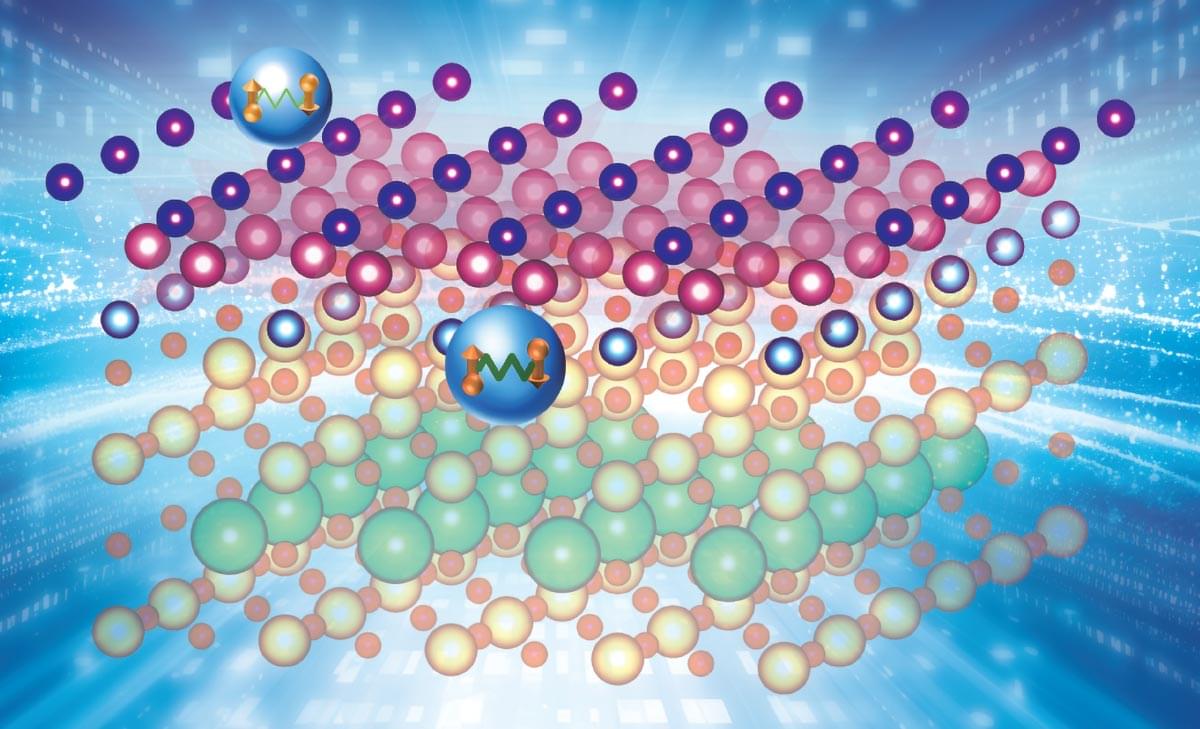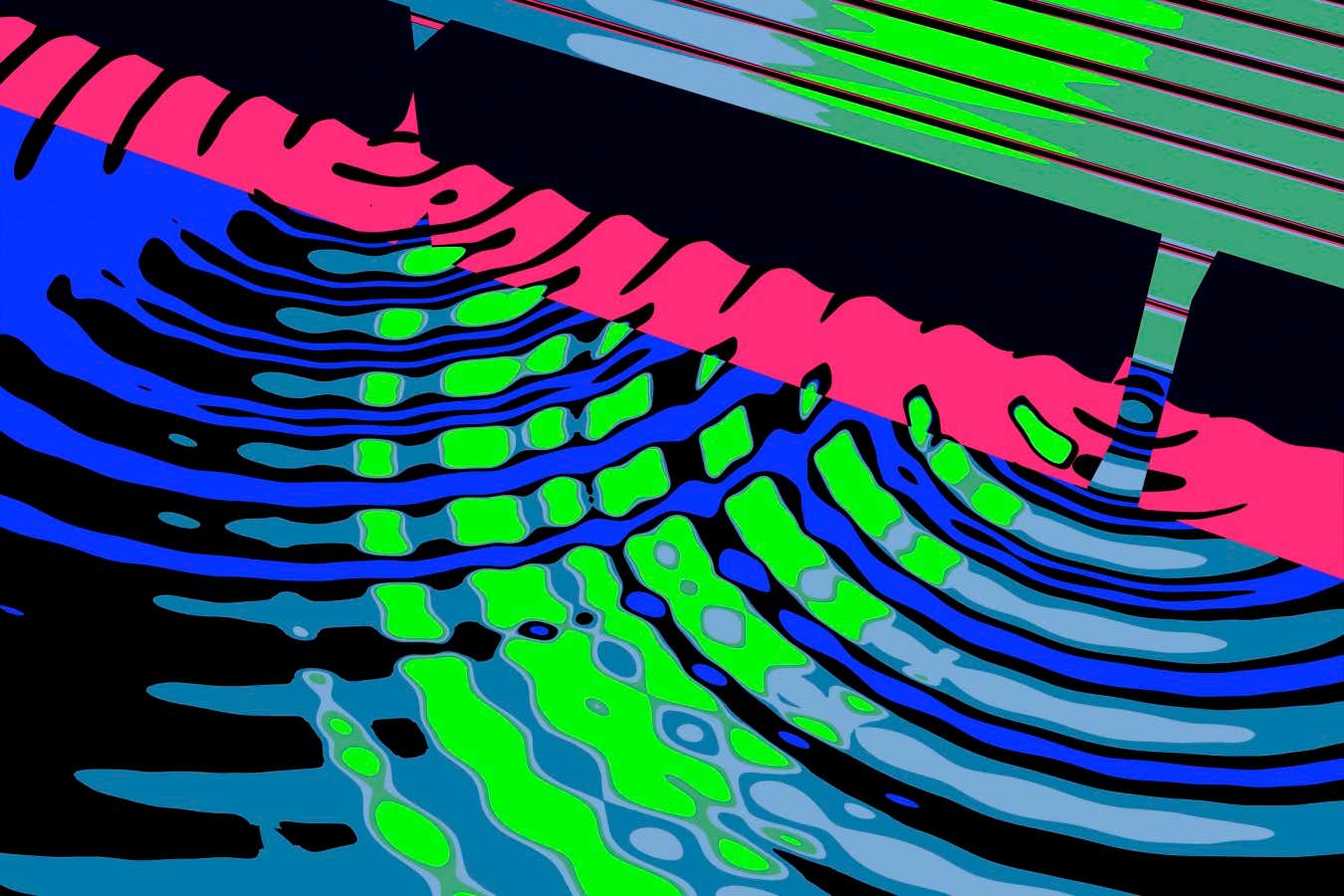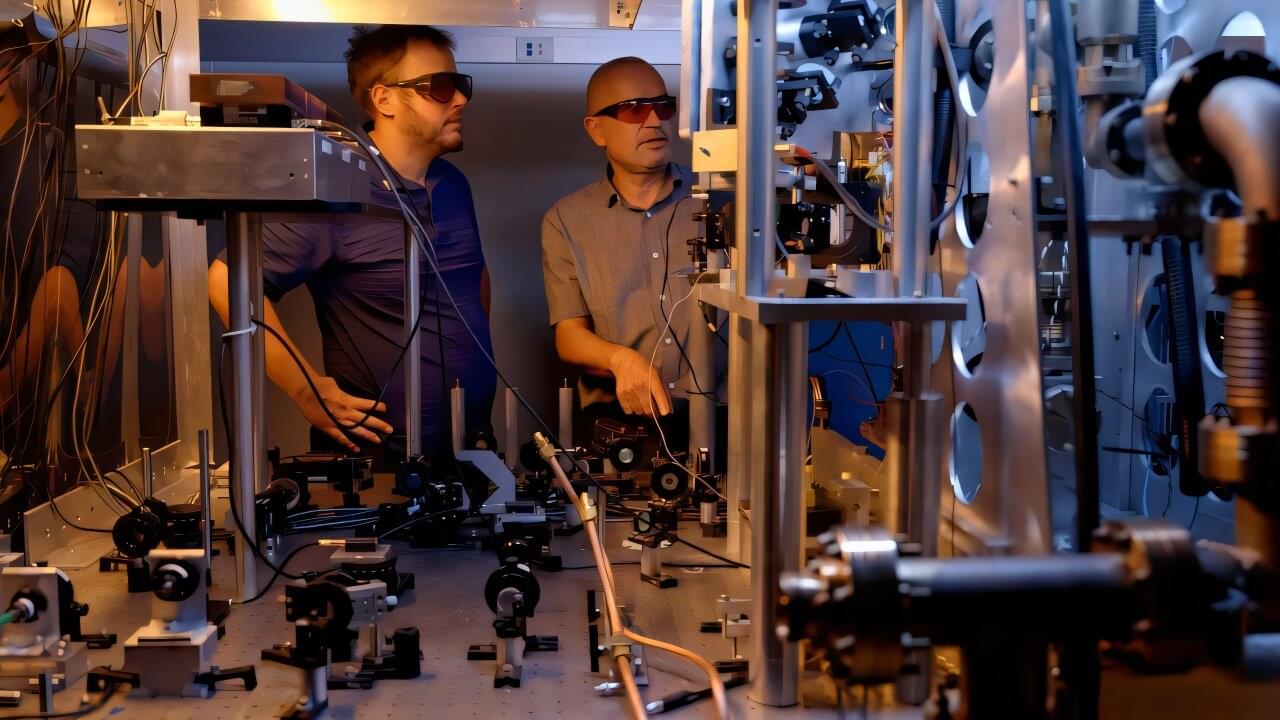For the first time, researchers can study the microstructures inside metals, ceramics and rocks with X-rays in a standard laboratory without needing to travel to a particle accelerator, according to a study led by University of Michigan engineers.
The work is published in the journal Nature Communications.
The new technique makes 3D X-ray diffraction—known as 3DXRD—more readily accessible, potentially enabling quick analysis of samples and prototypes in academia and industry, as well as providing more opportunities for students.
